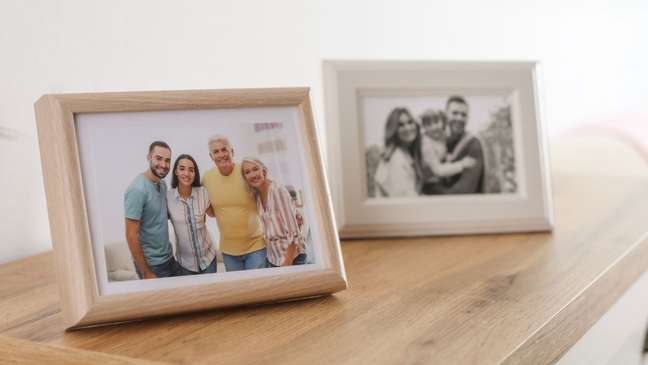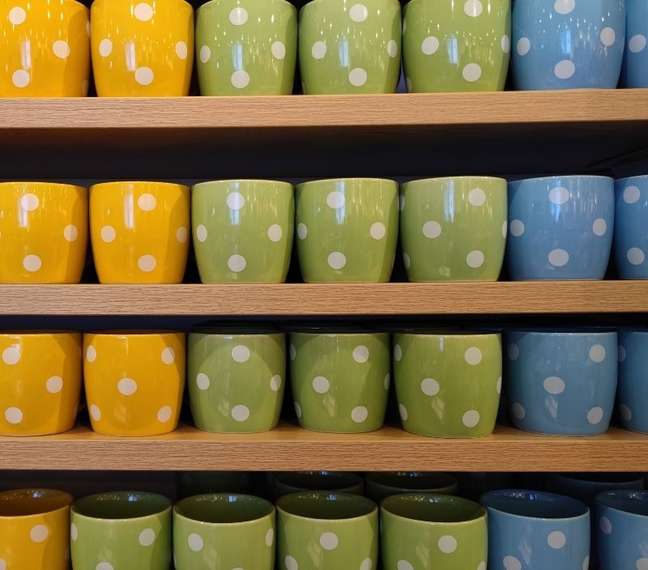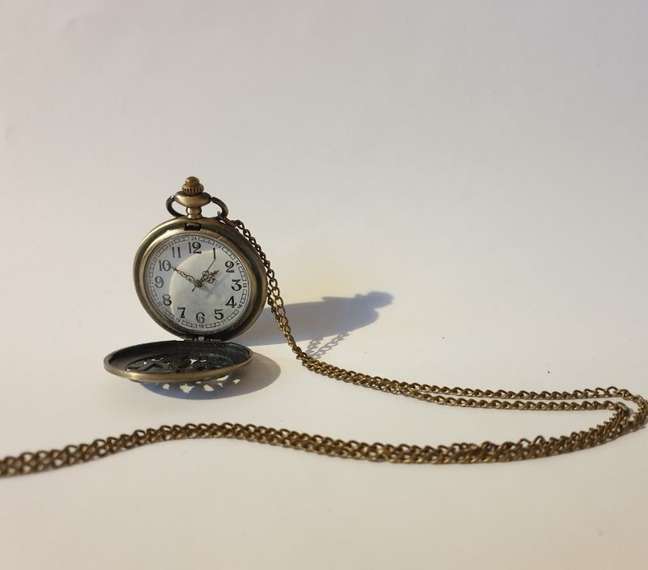Affective decorations, which enhance feelings and bring good memories, can make the environment even more special.

With the rush and daily commitments, our homes are more and more a place of well-being, refuge and well-being. Therefore, we try that the decoration of this environment show our personality and make our home even more welcoming. But have you ever thought about doing it through affective décor?
In this type of decoration those stand out pieces that bring emotional value to those who live in the housesuch as small ornaments bought on the go, a gift from someone very special, a photo frame or family pieces spanning generations, for example. Aspects such as colors, sounds and scents can also be thought of to bring important memories and meanings to the environment.
According to architect Cristiane Schiavoni, affective furniture automatically connects with the psychology and mood of each of us. “Whether through a photo or elements that make us remember a trip, a moment or someone, our inner self is transported and transforms that minute we are living. Remind us who we really are”, explains the professional.

And how to apply affective decorum?
Although affective décor has the power to make the environment a more special and welcoming place, some issues need to be thought through before applying it. After all, it’s not just about scattering sentimental items around the house, is it?
According to Cristiane Schiavoni, one of the first steps to avoid making a mistake with affective decoration is understand what is the meaning of each item and the value (both sentimental and sometimes financial) from them to you. In this way, it will be easier to understand what emphasis should be given to each object in the decoration.
The architect also points out that mixing old and sentimental objects with more modern and new objects is a good idea to create an interesting environment. “If the memory is a decorative piece that spans generations and that aesthetically looks old, a great way out is to combine it with modern furniture that can be placed in any environment, from the bedroom to the garage “, says the architect.

And affective décor doesn’t have to be based only on obvious pieces, like objects passed from parents to children or objects that bring back memories of a special place. Other objects, such as collections, for example, can be of great value to a person and therefore be part of the affective décor.
So if you have a collection of mugs, books or magazines, for example, it does not necessarily have to be stored inside a cupboard or box. “We can work with a bookcase or wall shelves dedicated to this exhibition, as well as we can distribute it around the house”, explains Cristiane.
Finally, antique pieces are also a less obvious option for an affective piece of furniture, since, although they do not carry the past of those who live in the house, they are certainly rich in history and can acquire symbolic value after purchase.
Source: Cristiane Schiavoni, architect in charge of the studio that bears her name.
Source: Terra
Benjamin Smith is a fashion journalist and author at Gossipify, known for his coverage of the latest fashion trends and industry insights. He writes about clothing, shoes, accessories, and runway shows, providing in-depth analysis and unique perspectives. He’s respected for his ability to spot emerging designers and trends, and for providing practical fashion advice to readers.




![It All Begins Here: What’s in store for Monday 27th October 2025 Episode 1293 [SPOILERS] It All Begins Here: What’s in store for Monday 27th October 2025 Episode 1293 [SPOILERS]](https://fr.web.img6.acsta.net/img/41/39/413989e0bd493a6d9c6b47c276d6bcf1.jpg)


